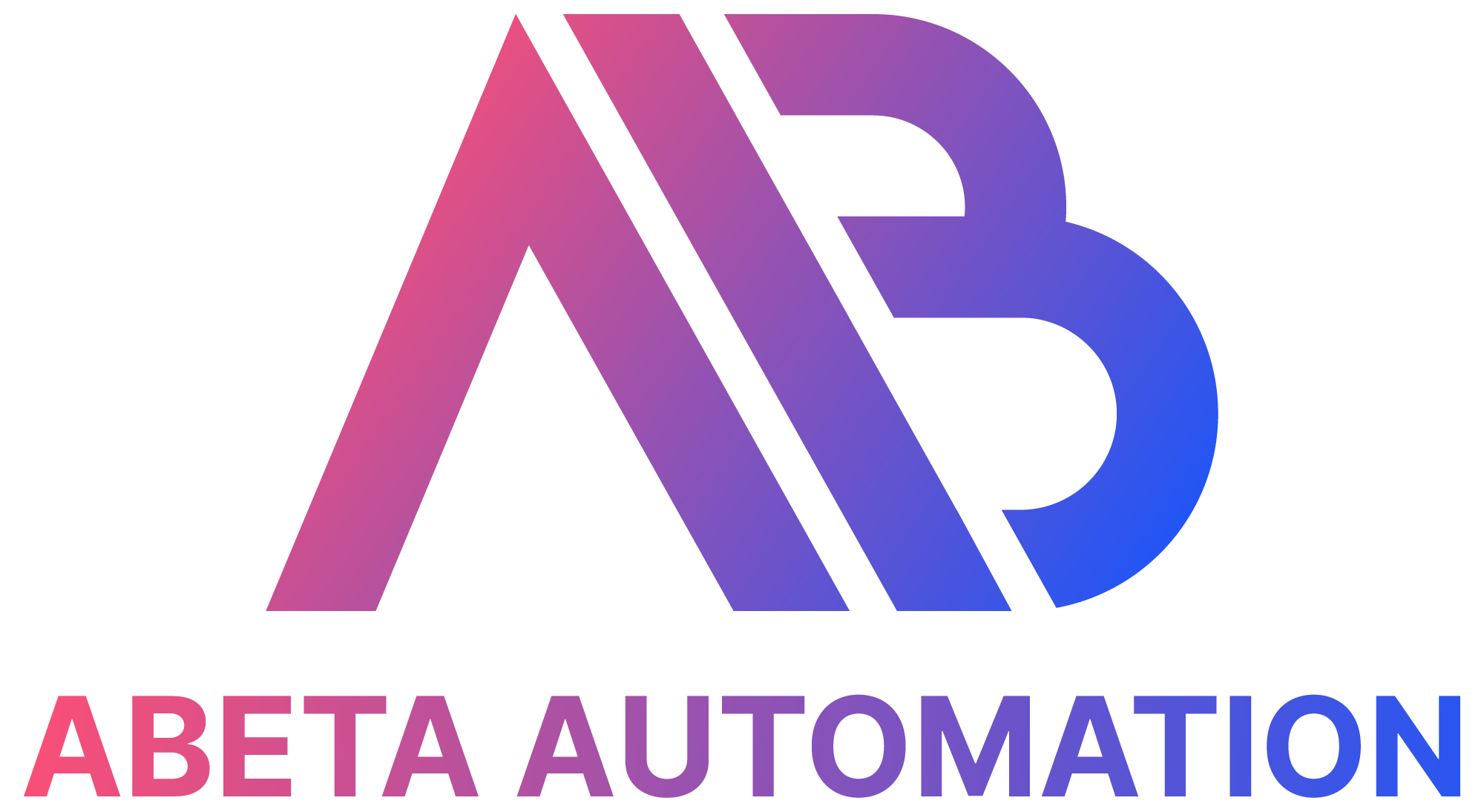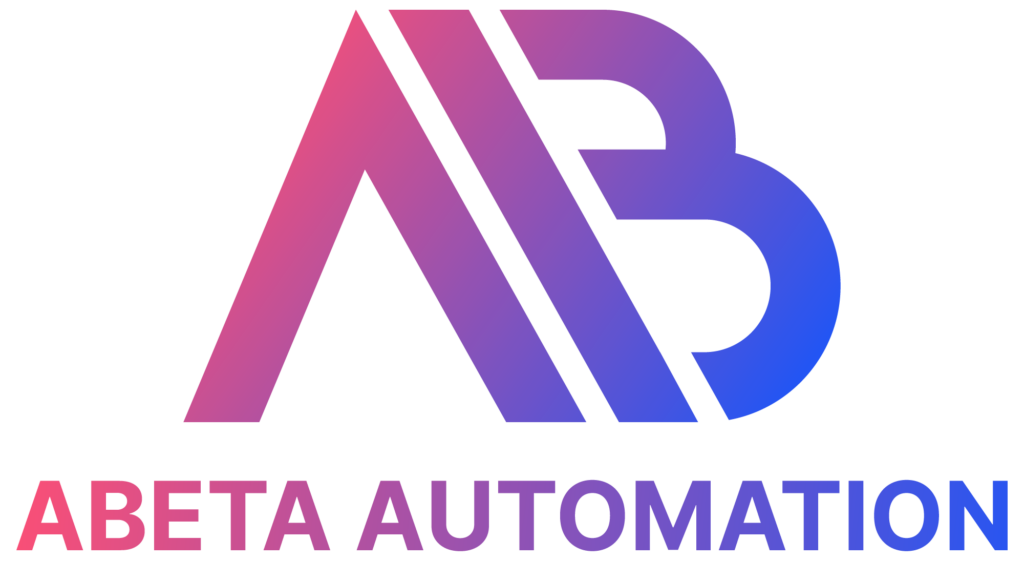Have you experienced a long wait listening to hold music before connecting to customer service? There are people in the same situation, and fortunately, it may not last much longer.
Since Voice AI and AI automation software have come a long way, business owners everywhere can access similar valuable tools once used by industry giants. For those handling an eCommerce store, service calls, or insurance claims? AI voice agents can improve your customers’ experience.
In this blog post, we are going to look at how AI voice agents work, what makes them important, and how to use AI customer service tools in your business.
What are AI Voice Agents?
An AI voice agent is a digital assistant that uses Large Language Model AI and conversational AI to speak with customers. You can consider it a supercharged version of Alexa or Siri, set up for customer service and business roles. Traditional chatbots or clunky IVRs can be frustrating and confusing, but AI voice agents can talk and answer questions as an actual human.
They consist of a mixture of:
- AI chatbot technology
- AI-powered automation
- Speech recognition software
- Context-aware chatbot artificial intelligence
Whenever customers have a question, book an appointment, or face a problem, these voice bots will give them fast, friendly, and reliable support at any time.
Real AI Use Cases for Voice Agents
Want to know how AI voice agents can support your business? Here, you can find some actual AI applications in financial services, insurance, and eCommerce.
E-commerce
Voice bots share updates on orders, respond to FAQs, and suggest similar products, which helps sell more and maintains a personal touch.
Finance & Banking
From balance inquiries to fraud alerts, AI voice agents in banking make customer support in finance quicker and safer with real-time voice support.
Insurance
AI voice assistants perform well with tasks involving claims, renewals, and answering policy-related questions. Tools like insurance claims processing software can help increase the accuracy of claims and shorten the total time it takes to settle claims.
In every case, AI-powered automation always helps to relieve your support team’s workload and reduce the time it takes to answer customer questions.
How Companies Integrate Voice AI with Their Systems
A major benefit of using AI automation software nowadays is that it can easily integrate with your existing technology setup.
AI chatbots can be connected to websites, voice bots can be used through phone systems, and AI for HR management or CRMs makes it possible to handle tasks from just one access point. Setting up an AI automation platform is now easier than before, thanks to no-code and low-code tools.
You can also synchronize your AI bots with:
- Help desk software such as Zendesk or Freshdesk
- CRM platforms such as HubSpot and Salesforce
- Information held in a company’s own databases
- Complaint management system software
- Scheduling and calendar tools
Because everything is tied together, your AI assistant can give accurate, meaningful replies to questions by accessing real-time data.
Tools and Resources for Small Businesses
One thing that stands out about AI these days is that you can use it without having a large budget or support from a big tech department.
Several AI automation tools and voice AI platforms are built with small and medium-sized businesses in mind. Many offer:
- Offering customer service with pre-trained artificial intelligence chatbots
- Drag-and-drop AI workflow builders
- With CRM and helpdesk tools, you can integrate Hopper without problems
- Services are priced in ways that fit different needs.
Specific platforms give the option of building automatic workflows with AI tools—this results in an automatic system that meets your unique needs.
You don’t know how to get started? Ensure that the platforms you’re looking at include:
- Features of machine learning are used to help the AI chatbot get better as time goes on
- Providing instant analytics and reports
- Using different support channels (on the web, by phone, and through messaging)
- Automatic compliance standards for industries that must be regulated, such as AI in insurance and AI chatbots in healthcare
When you have the correct tools, AI business automation helps your organization gain a competitive edge instead of becoming a technological challenge.
Common Challenges & Their Solutions
Every technology needs time and effort to make it perfect. Let’s review a few things you should know about AI automation for business and how to deal with them.
1. Learning and Configuration
You can get started quickly with prebuilt bots, but to enjoy a high level of personalization, you may train your own AI. This involves:
- Knowing how to create an AI model
- AI training data
- Creating multiple newer versions of AI models to improve their capabilities
There are many services that either streamline the process or offer well-trained models created for industries such as finance, retail, and insurance.
2. Tone, Fairness, and Accuracy
Be aware of AI bias and fairness. If your data lacks diversity, some customer groups may end up feeling annoyed by what the AI does.
The solution? Make sure to train data on inclusive training sets, often look over the outputs and prefer vendors that are fully transparent about their AI model training.
3. Integration Complexity
Integrating multiple unconnected systems is often a big challenge for AI implementations. Often, popular AI automation services include standard plug-ins for tools that you use daily.
Start by tackling easy projects—then try more difficult ones.
Getting Started with AI Voice Agents
Are you interested in introducing AI voice agents to your business?
If you follow this easy stage-by-stage method, you’ll soon be on your way:
- Choose a Use Case: The first step is to select a Use Case. Choose an example task your team has to repeat often, like setting appointments, addressing repeated questions, or tracking orders. The first thing you will ask your AI to do is this.
- Pick a Platform: Make sure the AI automation tool you use includes an AI voice assistant or chatbot so you can use business features. Check that it doesn’t exceed your budget and uses the technologies you have.
- Customize and Launch: Immediately access helpful templates and bots instead of making them yourself. Make sure the way the bot responds, voice and tone all align with your business. After that, make your changes available just in limited situations (maybe on your website or after-hours phone support).
- Measure and Iterate: Take note of the following numbers: response time, how many customer problems are solved and customer satisfaction. Keep working to enhance your tool over time.
After you become more used to it, you can extend your AI voice agent by trying more complex tasks or linking it more with your company systems.
The Future of AI in Customer Service
AI automation in customer service is still finding its way. Here’s a look at what’s coming up next:
Omnichannel AI Assistants
AI voice agents will soon be able to interact with users through SMS, WhatsApp, email, and even AR/VR systems, not only on websites or over the phone.
The new capabilities of Generative AI make it smarter.
What’s the difference between generative AI and machine learning? Both approaches will lead to the future. They can make responses that match the details of a situation, send a tailor-made email, or produce content to suit a customer’s way of interacting and behavior.
Deep Business Integration
Soon, companies will include more AI workflow automation in customer relationship management (CRM), enterprise resource planning (ERP), and supply chain management software.
More Use Cases Across Industries
Human resources, marketing, finance, logistics, and other fields are beginning to see quick adoption of AI in employee onboarding and assisted resume screening.
In short, here’s what you need to remember. If you have not begun to use AI Voice Agents, the likelihood is your competitors are already doing so act now!




